Gravitational waves: Einstein was right
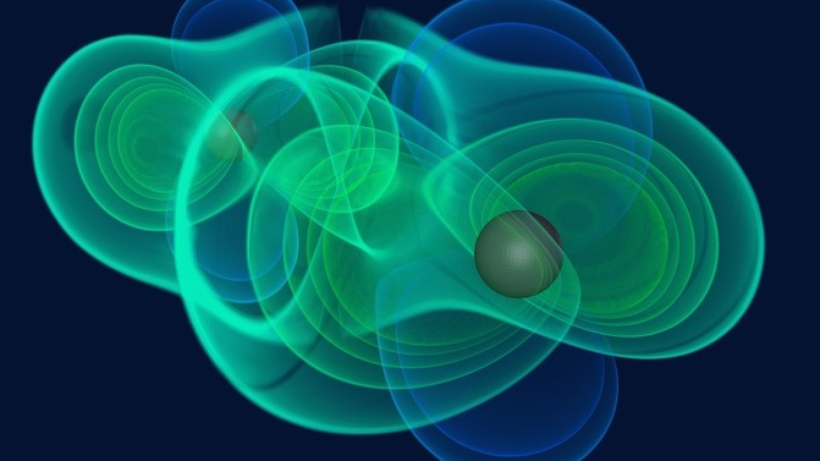
Swiss newspapers have proudly welcomed the discovery of gravitational waves, ripples in space and time hypothesised by Albert Einstein a century ago during his stay in the Swiss capital Bern.
“Einstein was right”, was the headline in not only the Basler Zeitung but also Blick and Corriere del Ticino. The sentiment was shared by the Tages-Anzeiger in Zurich: “Definite proof for Einstein’s waves”.
“What the researchers have measured is infinitely small, but it shows that the great physicist had got his sums right,” Blick noted.
The Tages-Anzeiger and Der Bund, in a shared editorial, raved about a “sensational scientific event worthy of a Nobel Prize” and a “final triumph” for Einstein’s general theory of relativity.
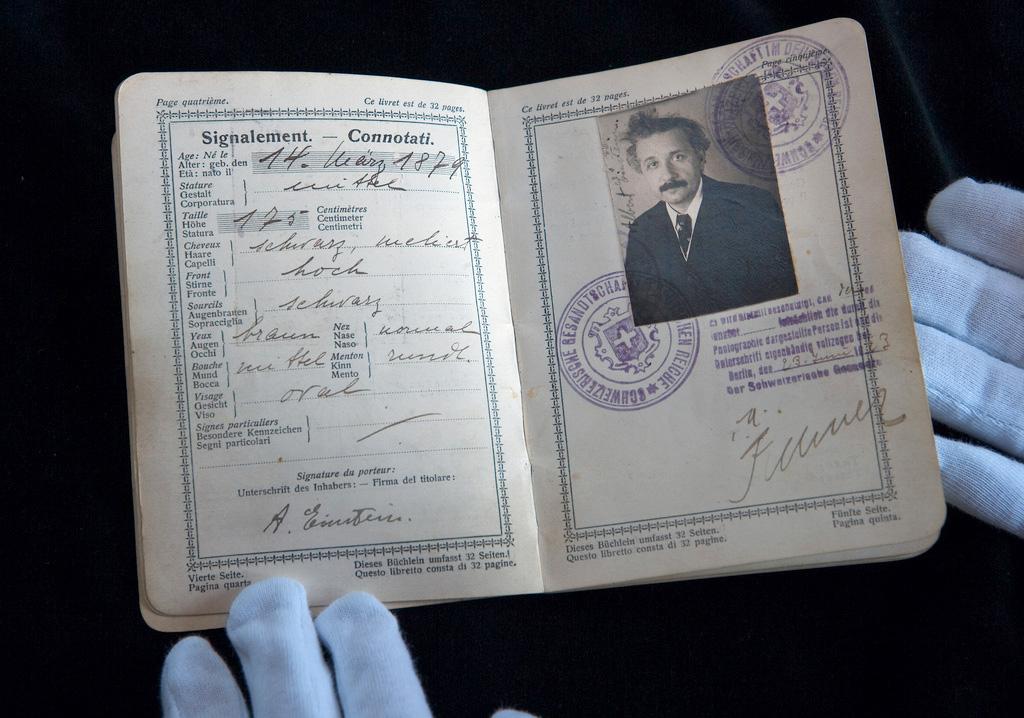
More
Einstein and the relativity of tourism exploitation
On Thursday, researchers in the United States said they had detected gravitational waves coming from two distant black holes – extraordinarily dense objects whose existence was also predicted by Einstein – that orbited one another, spiralled inwards and smashed together. They said the waves were the product of a collision between two black holes roughly 30 times the mass of the Sun, located 1.3 billion light years from Earth.
‘Fantastic significance’
In 1916, Einstein proposed the existence of gravitational waves as an outgrowth of his ground-breaking general theory of relativity, which depicted gravity as a distortion of space and time triggered by the presence of matter. But until now scientists had found only indirect evidence of their existence.
“A window opens on the universe” was the headline in Le Matin, for whom “the world will no longer be seen in the same way”.
Le Temps agreed. “A new look at the universe” was its headline. It said the discovery had a “fantastic significance” because in addition to consolidating what Einstein had written, “it opens up a new almost phantasmagorical field of exploration: the study of black holes, all cosmic objects that until now had been invisible, the heart of stars and it enabled scientists to go back to the very first movements of the Big Bang”.
Einstein spent seven years in Bern, from 1902 to 1909, working at the Swiss Patent Office and developing the special theory of relativity in his free time. The house on Kramgasse 49, where he lived for a while, is now a museum.

In compliance with the JTI standards
More: SWI swissinfo.ch certified by the Journalism Trust Initiative
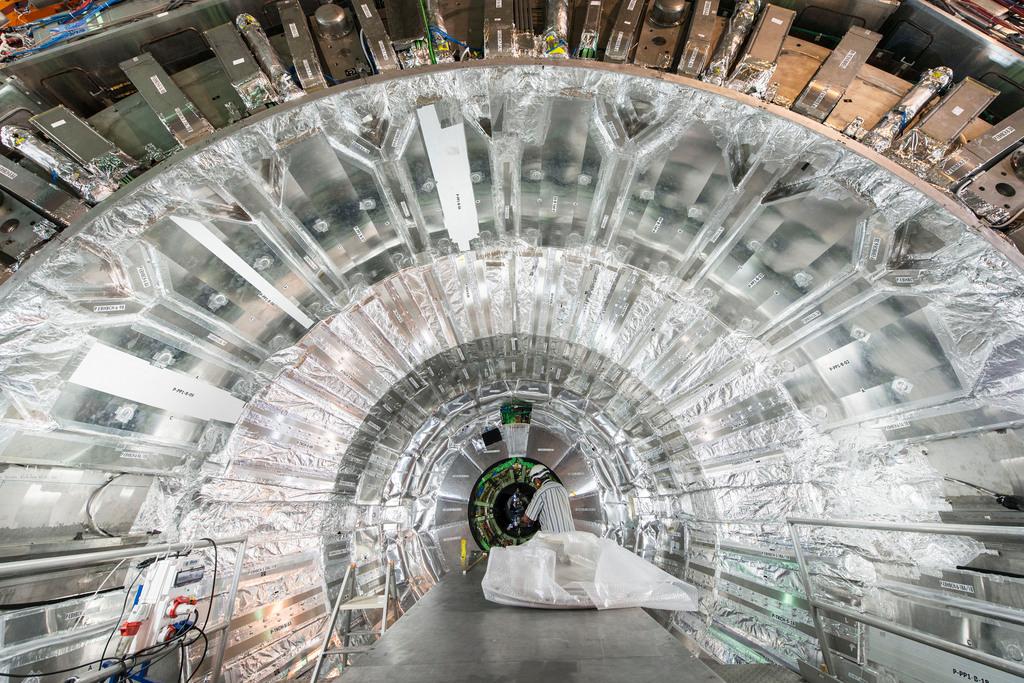
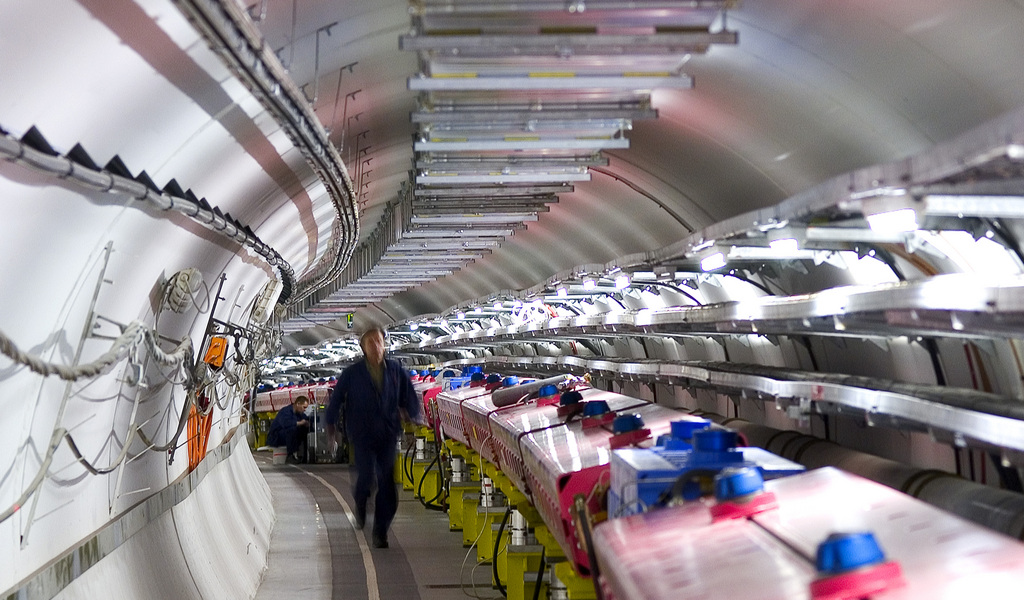

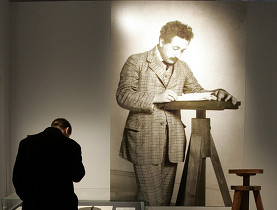
You can find an overview of ongoing debates with our journalists here. Please join us!
If you want to start a conversation about a topic raised in this article or want to report factual errors, email us at english@swissinfo.ch.